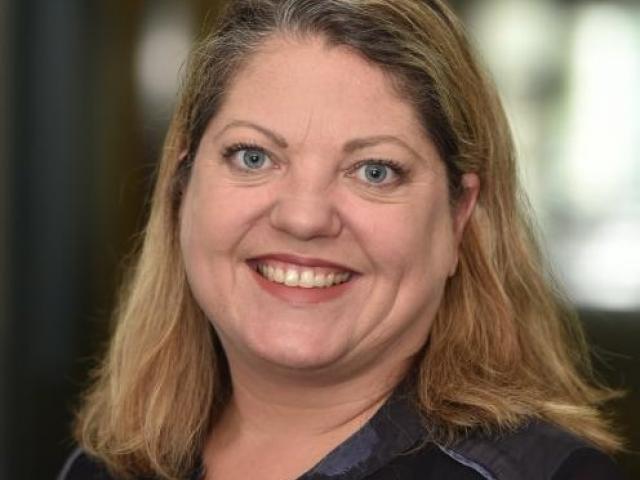
At one time the Southern District Health Board region had the highest number of Covid-19 patients per capita in the country, but there have been no new cases in Otago or Southland since April 2020.
Southern District Health Board strategy, primary and community executive director Lisa Gestro told a recent board committee meeting the region’s Covid free status was due to comprehensive forethought by officials, who had drafted plans for managing music festivals, major events and holiday period tourism in a pandemic environment.
However, the recent reappearance of community cases in the North Island showed there was no room for complacency.
‘‘It is imperative that the ongoing requirement to maintain sufficient surveillance in our community, as well as undertake the required level of port and border testing, alongside the need to deliver regular pop-ups in high tourism areas, such as Queenstown, means that we need to transition Covid testing into more of a business-as-usual approach,’’ Ms Gestro said.
‘‘Given the fact that reduced levels of funding are being made available for testing, it is imperative that our strategy focuses on the most efficient way to deliver the required level of testing in the most cost-effective way.’’
Staff whose duties had been altered to accommodate Covid-19 testing requirements were now needed to get back to their core roles and help catch up patient waiting lists which had built up during lockdown, she said.
A testing strategy was now being developed, and officials were also planning for what testing requirements would be needed should travel between the South and Australia resume.
‘‘Plans have been developed with Queenstown Airport around the logistics of this activity and additional staffing will be required when this commences,’’ Ms Gestro said.
‘‘The maritime border continues to take up a large portion of the work in the Covid-19 space, as the increased testing and processes involved are often time-consuming.’’
Almost 4500 Covid-19 swabs had been taken in recent weeks, a figure which included 328 at maritime ports.
Almost all tests had been simple assessments, but one test was subject to a full assessment.












